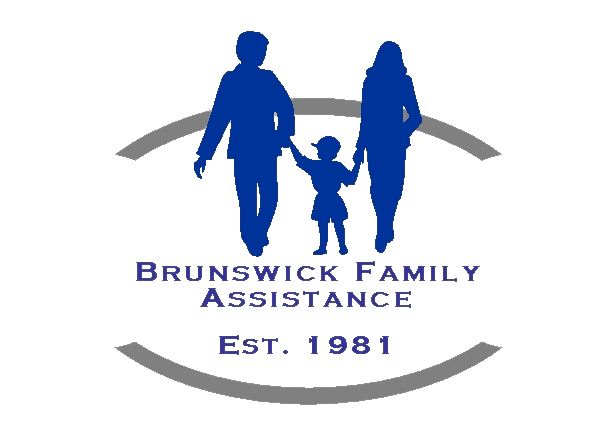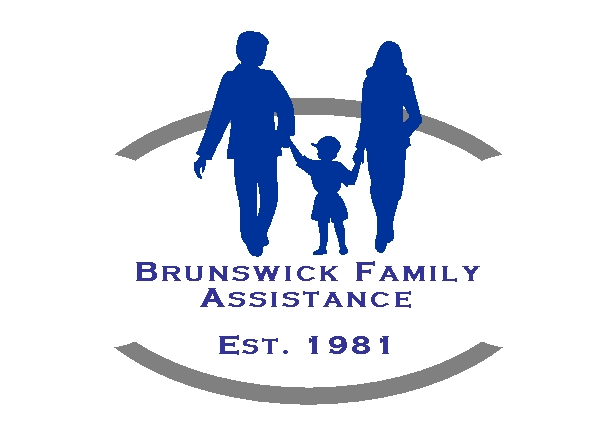[et_pb_section admin_label=”section”][et_pb_row admin_label=”row”][et_pb_column type=”4_4″][et_pb_text admin_label=”Text” background_layout=”light” text_orientation=”justified” text_font_size=”14″ use_border_color=”off” border_color=”#ffffff” border_style=”solid”]
SPONSORED CONTENT PROVIDED BY EARL SHERIDAN – COUNCILMAN, CITY OF WILMINGTON
Start a conversation with the words “affordable housing” and many people assume you are talking about outdated, poorly designed, densely packed public housing located in the inner-city. In Wilmington and New Hanover County, the Wilmington Housing Authority owns and manages housing developments and provides rental assistance for low-income people; however, these residents are not the only citizens in need of affordable housing.
In this Insights, I’m going to go over several myths about affordable housing and answer them with facts.
Myth: Affordable housing is public housing.
Fact: Housing is affordable at 30 percent of income.
Affordable housing is an issue for everyone, regardless of income and is especially important for working families in our community. For housing to be considered affordable, the cost of the housing should align with the average wages generated from the local economy. Ideally a household should pay no more than 30 percent of its gross income on housing costs, including utilities. Using this as a standard, in Wilmington a median income household earning $41,573 should expect to pay about $125,000 for a home based (U.S. Census 2009-13 ACS). According to the Wilmington Regional Association of Realtors (WRAR) statistics for single-family homes, the median sales price for January 2015 through May 2015 was $194,140.
Renters face the same challenge finding affordable housing. The National Low Income Housing Coalition reports that in the Wilmington market area, a rent of $787 (including utilities) is affordable to a median income household, yet the Fair Market Rent in the Wilmington area for a two bedroom unit is $847 (HUD 2015 FMR). Housing costs, both ownership and rental, are not aligned with the prevailing wages earned, which causes an affordability issue for many households, especially working families, in this region.
Our calculation of affordable housing price assumes mortgage at 4.125 percent, good credit, taxes and insurance at $250 a month and utilities at $287 a month. Many variables impact the mortgage and purchase price.
Myth: Affordable housing lowers neighboring property values.
Fact: Research shows that affordable housing development does not lower property values.
A study conducted by Wayne State (Michigan) University tracked property values before and after affordable housing was built and found that affordable housing has an insignificant impact on property values. In the Wilmington area, property values in general were impacted by the great recession and have been increasing over the last several years. Property values are primarily determined by the condition of a particular property along with the overall development and prosperity in an area, according to a research study on the topic.
In Wilmington, contemporary affordable housing developments are indistinguishable from market rate projects and designed to fit in the character, quality and value of the surrounding neighborhood. An example is the Lake Ridge Senior Housing project on Lake Avenue. This project was developed with public and private financing. The project is attractive and serves lower income senior citizens. This area has not experienced any negative impacts in quality of life or property value as a result of this project.
Myth: Affordable housing will look like cheap housing.
Fact: Affordable housing must comply with the same building and zoning codes and restrictions, and design standards as market-rate housing.
Most contemporary affordable housing is in the same style as, and often the same building materials as, surrounding homes. As mentioned, most people are unaware of which projects are affordable housing because they blend in with the surrounding neighborhood, or in some cases improve the aesthetic character of the neighborhood. Affordable housing is not “affordable” because it is cheaply built or operated. It is “affordable” because it is supported by financing from the public and private sector for the purpose of providing decent housing options for working families, disabled individuals and senior citizens at a cost they can afford. To read more, click here.
Myth: Affordable housing creates more traffic and overburdens schools and infrastructure.
Fact: Affordable housing helps reduce the number of cars on the streets by allowing working people to live near their jobs.
Building affordable housing near job centers can help alleviate traffic congestion and support increased use of public transportation. This is especially true for multi-family and infill development in more densely zoned neighborhoods. In fact, studies have shown that affordable housing residents own fewer cars and drive less often than residents in market-rate homes. Development of affordable housing in appropriately sized multifamily buildings and in-fill lots maximizes infrastructure like roads, water and sewer, and other public investments, according to a survey from the U.S. Department of Transportation.
When families don’t have access to affordable housing they are often forced to move frequently, and their children’s academic performance is disrupted when they change schools. Furthermore, affordable housing helps attract and retain good teachers in the school district where they teach.
According to the 2010 U.S. Census, average households in rental apartments have fewer children than those living in owner-occupied, single family homes. Neighborhoods offering a mix of market-rate and affordable rental and single-family housing options help ensure diversity and more even distribution of school-age population across school districts.
Myth: Affordable housing increases crime.
Fact: Affordable housing is a deterrent to crime.
Studies show that community disinvestment and overcrowding, as well as lack of jobs and community services, are indicators for crime and other socioeconomic troubles. Failure to build or maintain affordable housing leads to blight and slum conditions, absentee landlords, and ongoing disinvestment and flight of working families according to the National Crime Prevention Council.
The National Crime Prevention Council calls for the construction of affordable housing to reduce crime because “neighborhood cohesion and economic stability are enhanced in areas where the continuing supply of dispersed, affordable housing is assured.”
A local example of the importance of quality, well-designed and well-managed affordable housing is the WHA’s Taylor Homes, New Brooklyn Homes project. Before this public housing development was redeveloped into affordable senior housing, workforce rental housing, and 48 units of public housing the average number of crimes reported annually was 38; after the redevelopment this number fell to 13, based on crime data from the City of Wilmington Police Department.
Myth: Affordable housing is a government handout with little return on investment.
Fact: Affordable housing is an important component for economic development and sustainability.
Employers experience lower turn-over rates in workforce in communities with an adequate stock of affordable housing options. The Garner Report, a report on the economic development needs of New Hanover County and Wilmington revealed that wages in the region are below average for comparable communities. The Cape Fear region has a vibrant tourist and service industry, which employees many lower wage workers. Access to low-wage workers is important to this industry and the local economy. Available affordable housing reduces the likelihood that low-paid workers will experience homelessness and the need for public benefits. Affordable housing facilitates a stable lifestyle providing more opportunity for individuals to pursue education and job advancement in the community. The lack of affordable housing can lead to a drain of workforce-age individuals who leave the community in search of high wages and more affordable housing. High housing costs are an impediment to business recruitment. To read more, click here.
Homeowners may choose to benefit from the Mortgage Interest Deduction (MID), a provision in the U.S. tax code that allows homeowners to deduct from their taxable income the interest paid for mortgagees on homes they occupy. In 2010, the MID cost the U.S. Treasury $79 billion, almost twice the amount ($41 billion) spent on all housing programs serving low income renters. Housing is an integral component of the economy and is subsidized at every income level.
Earl Sheridan, Ph.D., is a native of Wilmington, North Carolina, and a Councilman for the City of Wilmington. He is currently serving his third term in office.
[/et_pb_text][/et_pb_column][/et_pb_row][/et_pb_section]



